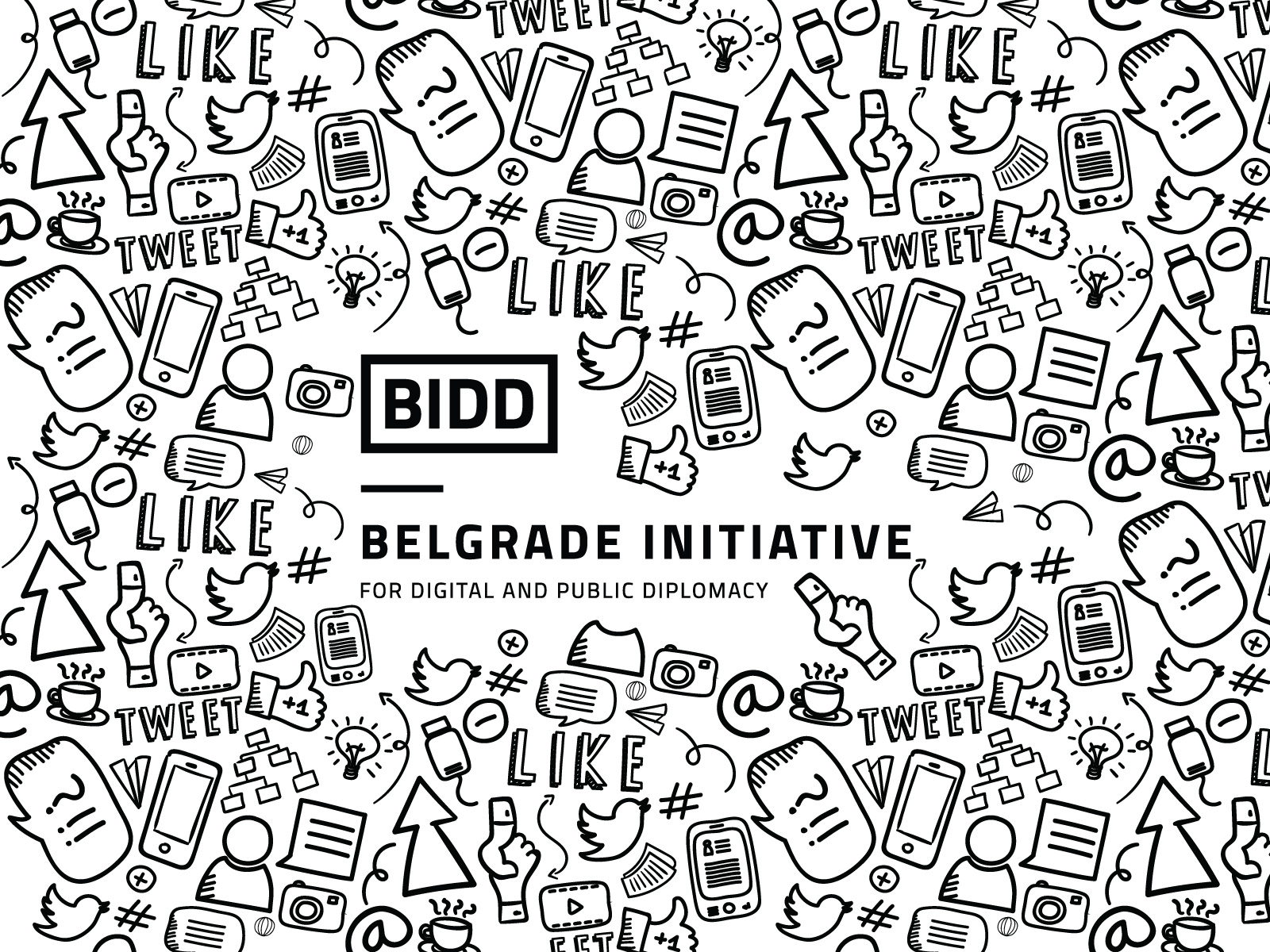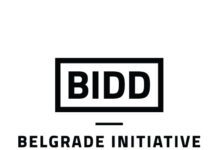This post is part of a debate on Australia’s foreign policy White paper 2017. Click here for other debate posts.
Australia has a great story to tell the world, a powerful ‘strategic narrative‘ that is a potent source of soft power. But it’s increasingly difficult for this story to be heard, given the transformations arising out of the digitalisation of the media and communications landscape.
The forthcoming Foreign Policy White Paper provides an opportunity to take stock of and address these changes. This is necessary and timely. The last White Paper was launched in the same year as MySpace and Second Life. In 2003, there was no Facebook, Youtube, Instagram, Sina Weibo, or Snapchat; no Wikipedia or Wikileaks; no selfies or hashtags.
There was no Twiplomacy; no emoji diplomacy; no WhatsApp diplomacy. No Ambassador’s dogs on Twitter. No Presidential Tweets in the witching hours (and no officials dedicated to monitoring them). No livestreaming military campaigns on Facebook. No one fretting about what’s trending. No one knew what was coming. Now we know better. In terms of public diplomacy, we need to catch up. The first task of the White Paper is to explain why and how.
Foreign Minister Julie Bishop has stated she hopes the White Paper will have a ‘dynamism about it that can carry forward over about 10 years’. Try to imagine a decade of innovations in artificial intelligence, machine learning, big data analytics, locative media and augmented reality, as well as everything we don’t yet know about that is just around the corner.
To address the developments will require that diplomacy get imaginative, innovative and prepared. This is the White Paper’s second task.
In this context, Australia’s public diplomacy challenges are multiple, and require attention to both the external environment and diplomacy’s inner workings. Each of the following problems invites its own responding goal and associated strategy. Some can be solved; some must be managed.
I’ve outlined the first problem: the pace the world keeps seismically shifting. The goal in this case is firstly to keep up. One strategy is to take a design thinking approach. Stripped of its jargon, design thinking is based on constant learning by doing. Diplomats should be supported to try things, knowing that they won’t all work, and be willing to say when something isn’t working and fix it. The idea is to keep updating the playbook while staying principled and coherent.
The second external problem is the competition for attention. The digital transformation of the media has led to a multiplication of channels and thus the fragmentation of audiences, including the bubbles and echo chambers where much political discourse now occurs.
Some of these are transnational networks of various shapes, colours and creeds: activists and terrorists; immigrants and diasporas; students and travellers; sports fans, music fans and foodies. These networks are significant because they act as communicative structures that transcend borders, yet shape the ideas of their constituents and hence their behaviours, including where to travel, study or invest, what to buy, whom to admire and emulate, whom to resent and attack.
One strategy here is to utilise the community, either through crowd-sourcing content and comment from an entire target group or through engaging supportive key influencers. The value of this lies in utilising members of a community to speak with and hear from that community. Locally-engaged staff at post may be best placed to lead this.
This might prove uncomfortable: historically, public diplomacy everywhere has been based on a propaganda/broadcast model, predicated on the idea that there is a definite message from a government to foreign publics. This model is great at reducing risk and maintaining control. But nowadays, that model cannot compete. Deputy Security Gary Quinlan’s call to become ‘digital by default’ is a signal DFAT is moving towards an approach that is more open and dynamic.
Australian public diplomacy still faces some internal challenges. One is that its diplomats (the Public Diplomacy team aside) are not always experts in public communications. Nor is expertise in this area a requirement, even though they may be tasked with managing public diplomacy while posted off-shore.
But, DFAT is full of clever, driven professionals (some I know have considerable communications skills) and digital diplomacy is not rocket science, so I suspect a little investment will go a long way in this regard. Moreover, DFAT’s recent Digital Media Strategy is a strong indication that the problem is understood and the plan to address it is underway.
This could be an area of real achievement. To support this, the White Paper should ensure it is central to DFAT’s overall vision by bringing digital expertise in at highest possible levels, and rewarding excellence in digital diplomacy.
The second problem is the challenge that every organisation faces: not knowing what’s working and what’s worthwhile. This is an especially acute problem for public diplomacy, as the messages and the media vary from place to place.
The stated goal for public diplomacy for all nations is usually to promote values and interests. I suggest that more specific goals, identified by location and audience, would be beneficial. The strategy then is to be campaign-oriented, learning from marketing and NGO advocacy campaigns where specific targets are identified and guide the tactics used. This process doesn’t guarantee success, but it does outline a pathway towards a desired goal.
Overall, like the opening up of the economy, Australia should consider an opening up of its diplomacy by being collaborative and flexible, creative and confident. Alternatively, Australia’s public diplomacy can go softly and quietly about its business, leaving others to tell our stories for us.
By
https://www.lowyinstitute.org/the-interpreter/networks-and-narratives-public-diplomacy-dfat-white-paper








